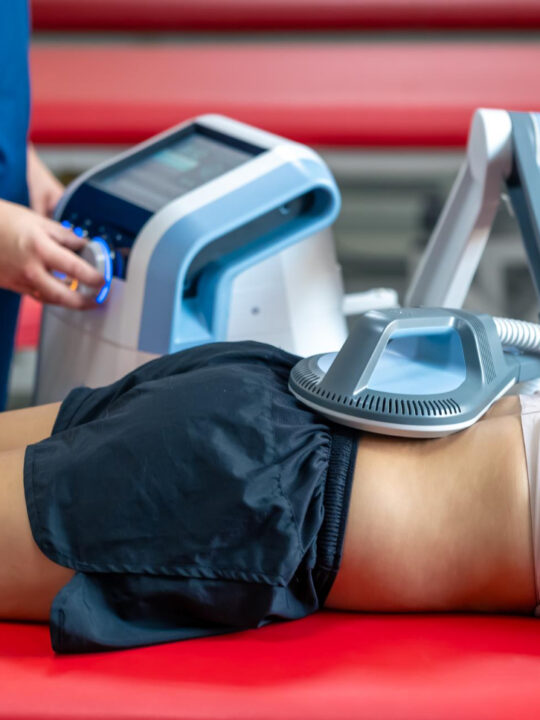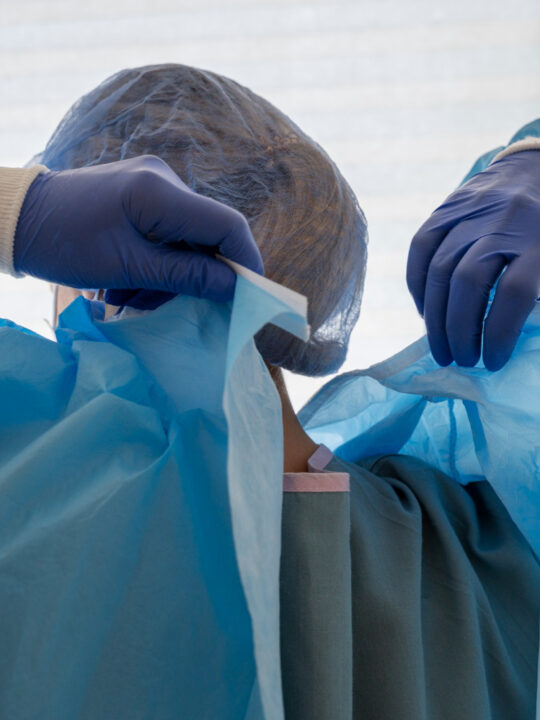 Autoclaves use steam, heat, and pressure to sterilize laboratory items. This sterilization method is the most dependable way to decontaminate equipment and other biohazardous waste before disposal. The basic autoclave works similar to a home pressure cooker. The door is locked, and the air is replaced with saturated steam for a sterilization cycle.
Autoclaves use steam, heat, and pressure to sterilize laboratory items. This sterilization method is the most dependable way to decontaminate equipment and other biohazardous waste before disposal. The basic autoclave works similar to a home pressure cooker. The door is locked, and the air is replaced with saturated steam for a sterilization cycle.
Table of Contents
Sterility
Sterilization is the most critical step in reprocessing equipment and instruments. It ensures that bacteria and other germs do not follow a previously cleaned item into another use, which could cause infection. Typically, labs sterilize solids and liquids using steam under pressure to kill harmful bacteria, spores, and other microorganisms. Steam heat raises proteins in the cell walls of a microbe to such an extreme that they break down and thicken, killing it and rendering an item sterile. A lab autoclave works by locking a door to create a sealed chamber and replacing all air in the vessel with pressurized steam, which is then heated to an appropriate sterilization temperature for an appropriate period. To verify that the process is working correctly, a biological indicator device – usually containing the resistant microbe Geobacillus stearothermophilus spores – may be placed in the chamber. The sterilizer is then monitored and re-purged if necessary. This prevents re-contamination of items that are not adequately sterilized and helps to ensure that the sterility assurance level (SAL) is met.
Safety
Autoclaves are designed to operate under high pressure (14-45 psi gauge). They’re constructed with safety features and devices, including a fail-safe safety valve. While heat is the most effective sterilization method, certain materials, such as some plastics, can melt during the process or degrade from high temperatures. Luckily, wet heat sterilization can also be used to sterilize these items using a shortened cycle that exposes them to steam and moisture at lower temperatures and shorter dwell times. In addition to standard sterilization cycles, an autoclave nail salon can be programmed to perform specialty cycles for heat-labile goods. They include long cycles at low temperatures, steam-air mix cycles, and unique pressure controls to avoid breaking sealed test tubes. The newest autoclaves can even connect to the cloud and record cycle data. This means that your staff can keep track of sterilization and waste management in one convenient location. This also helps prevent errors that may occur during manual monitoring.
Efficiency
Autoclaves sterilize items inside the pressure vessel using steam, temperature, and time. Hospitals and laboratories depend on these machines to decontaminate certain types of regulated medical waste and sterilize lab instruments, glassware, and culture media. The key to a successful sterilization cycle is appropriately preparing and loading the chamber with goods for sterility. This includes using a double-wrap linen pack that protects goods from contamination and prevents condensation inside the vessel. Then the steam-heated water is pressed through the items under high pressure, causing proteins to break down and solidify, killing microbes and achieving sterilization. The steam is then vented after a set amount of time, and the items can be removed. Some autoclaves also include a vacuum system to forcibly remove air from the chamber before or after a cycle (known as pre- and post-vacuum cycles).
Environmentally Friendly
Using wet heat (saturated steam under pressure) to sterilize lab items, autoclaves eliminate harmful bacteria, viruses, fungi, and spores. The process is considered the most efficient sterilization method and is a safe alternative to dry heat, ultraviolet or ionizing radiation, chemical disinfectants, and liquid, gas, or vapor sterilization. Autoclaves have jacketed vessels that help to ensure proper temperature distribution and reduce condensation inside the chamber during the sterilization cycle. The use of specific cycles and sterilization bags that display a darkening mark upon processing also helps to verify the effectiveness of the sterilization process. Biological indicators, such as the Geobacillus stearothermophilus spores, also help to demonstrate whether the sterilization process has been successful. These indicators can be purchased online or in laboratory supply stores and are placed into the autoclave during the exposure phase of the sterilization cycle. They will become active once the steam has reached the appropriate sterilization temperature and is held at that level for a specific period.







